Tesco has brought back the tertiary brand, with the biggest new range since Tesco Value was launched in 1993.
The introduction of Discounter Price and Market Value products was revealed on thegrocer.co.uk on Monday before hitting stores on Wednesday. The range spans 350 lines in food, household and personal care, and bears tertiary brand names including Sun-Sip cola and Country Barn wheat biscuits. Fresh meat, fruit and veg carry Market Value branding.
Tesco would “have a discounter under every roof”, said commerical and marketing director Richard Brasher. Tesco hopes to retain consumers tempted to shop around at discounters such as Aldi and Lidl, which have seen sales rise 20.8% and 11.1% respectively [TNS 12 weeks to 7 September]. Tesco’s sales also increased 6.7% in the period, largely due to inflation, but its market share fell 0.2 percentage points to 31.5%.
The move was flattering, said Paul Foley, Aldi MD. “We are confident our match of quality and price is difficult to compete with. It’s physically impossible for a supermarket with 40,000 lines to have a cost structure to compete with us. I await the quality benchmarking.
The move has confused branding experts. “The idea of good, better and best was clear,” said David Vardy, director of retail at Interbrand. “But pseudo brands are confusing.”
The range sent mixed messages, said Kate Waddell, director of consumer brands at Dragon. “The Value range versus the Discount range may be confusing to shoppers, especially if there is a price differential,” she said.
However, consumers who had rejected Value for its “skid row” appearance may warm to the new range, said Jonathan Gabay from Brand Forensics.
Ranjit Singh, CEO of 2 Sisters Food Group, which is supplying much of the Market Value chicken, said he welcomed the move. “Rising energy and food costs have left consumers with less money in their pockets and I think it is important that customers have the choice of a no-frills option,” he said. “This new range offers consumers even better choice.”
Brasher said Tesco had recruited new suppliers, as well as using existing ones, to create the new ranges. Meanwhile, Asda pre-empted Tesco’s launch by dramatically announcing on Tuesday it was slashing the price of 5,000 lines, including every SmartPrice product. Asda took a record 17.3% market share in the 12 weeks to 7 September, according to TNS; and Morrisons, which recently announced 4,000 price cuts, also showed an increase in market share to 11%. Sainsbury’s lost 0.2 percentage points, dropping to 15.8% market share.
When asked whether Tesco was trying to trigger a supermarket price war, Brasher was bullish. “If there is a war, we will win it,” he said.
The introduction of Discounter Price and Market Value products was revealed on thegrocer.co.uk on Monday before hitting stores on Wednesday. The range spans 350 lines in food, household and personal care, and bears tertiary brand names including Sun-Sip cola and Country Barn wheat biscuits. Fresh meat, fruit and veg carry Market Value branding.
Tesco would “have a discounter under every roof”, said commerical and marketing director Richard Brasher. Tesco hopes to retain consumers tempted to shop around at discounters such as Aldi and Lidl, which have seen sales rise 20.8% and 11.1% respectively [TNS 12 weeks to 7 September]. Tesco’s sales also increased 6.7% in the period, largely due to inflation, but its market share fell 0.2 percentage points to 31.5%.
The move was flattering, said Paul Foley, Aldi MD. “We are confident our match of quality and price is difficult to compete with. It’s physically impossible for a supermarket with 40,000 lines to have a cost structure to compete with us. I await the quality benchmarking.
Discounters losing market share
The discounters are booming, say the headlines, but in fact they have lost market share in the past three years. In the 12 weeks ending September 2005 Aldi, Iceland, Kwik Save, Lidl and Netto had a market share of 8.6% [TNS]. For the 12 weeks ending September 2008 Aldi, Iceland, Lidl and Netto had a share of 7.7%. This is mainly due to the closure of Kwik Save, which had a 1.7% share in 2005, but even without it discounters only increased share by 0.8%.
“Tesco Value was invented to stop the discounters growing, but it doesn’t match us on quality. We compete with own-brand and Finest, but cheaper.”The discounters are booming, say the headlines, but in fact they have lost market share in the past three years. In the 12 weeks ending September 2005 Aldi, Iceland, Kwik Save, Lidl and Netto had a market share of 8.6% [TNS]. For the 12 weeks ending September 2008 Aldi, Iceland, Lidl and Netto had a share of 7.7%. This is mainly due to the closure of Kwik Save, which had a 1.7% share in 2005, but even without it discounters only increased share by 0.8%.
The move has confused branding experts. “The idea of good, better and best was clear,” said David Vardy, director of retail at Interbrand. “But pseudo brands are confusing.”
The range sent mixed messages, said Kate Waddell, director of consumer brands at Dragon. “The Value range versus the Discount range may be confusing to shoppers, especially if there is a price differential,” she said.
However, consumers who had rejected Value for its “skid row” appearance may warm to the new range, said Jonathan Gabay from Brand Forensics.
Ranjit Singh, CEO of 2 Sisters Food Group, which is supplying much of the Market Value chicken, said he welcomed the move. “Rising energy and food costs have left consumers with less money in their pockets and I think it is important that customers have the choice of a no-frills option,” he said. “This new range offers consumers even better choice.”
Brasher said Tesco had recruited new suppliers, as well as using existing ones, to create the new ranges. Meanwhile, Asda pre-empted Tesco’s launch by dramatically announcing on Tuesday it was slashing the price of 5,000 lines, including every SmartPrice product. Asda took a record 17.3% market share in the 12 weeks to 7 September, according to TNS; and Morrisons, which recently announced 4,000 price cuts, also showed an increase in market share to 11%. Sainsbury’s lost 0.2 percentage points, dropping to 15.8% market share.
When asked whether Tesco was trying to trigger a supermarket price war, Brasher was bullish. “If there is a war, we will win it,” he said.



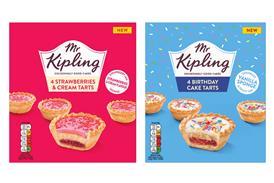



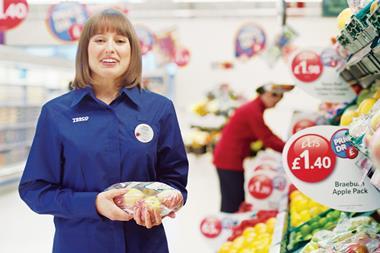
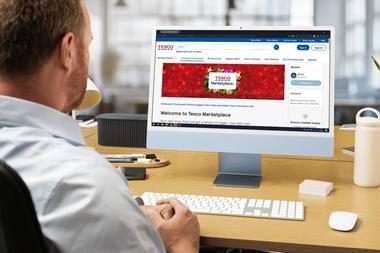

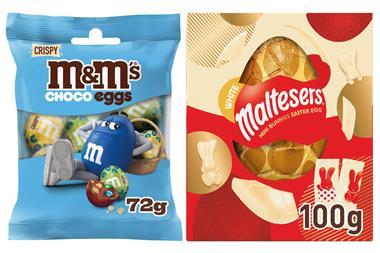

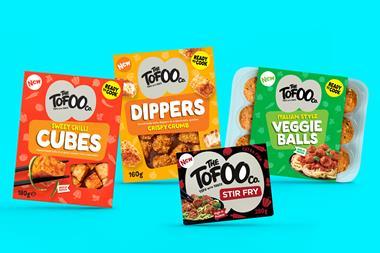

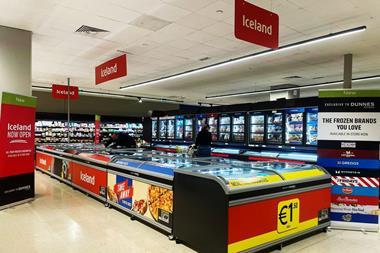
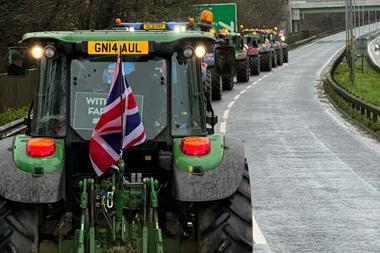

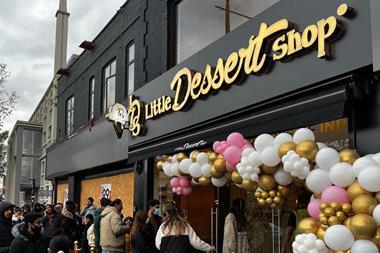
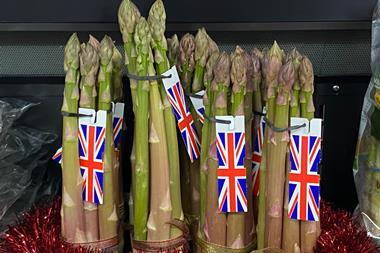
No comments yet